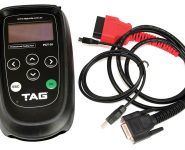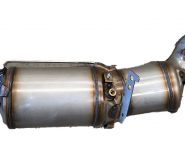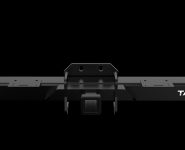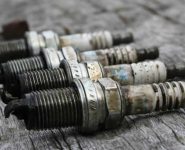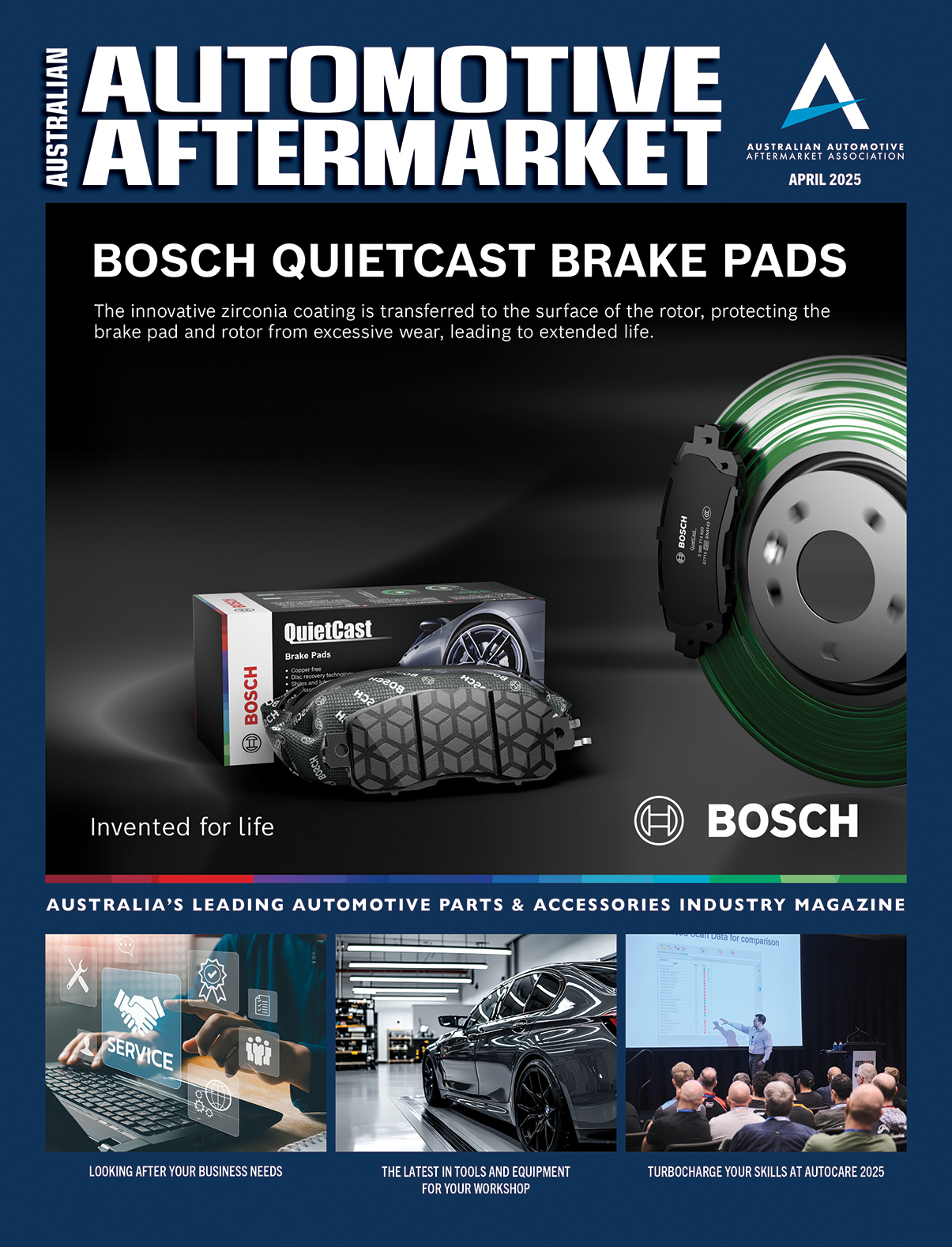DPF DELETES: WHAT ARE THE RULES?
In this article, SWD takes a look at this all-important question
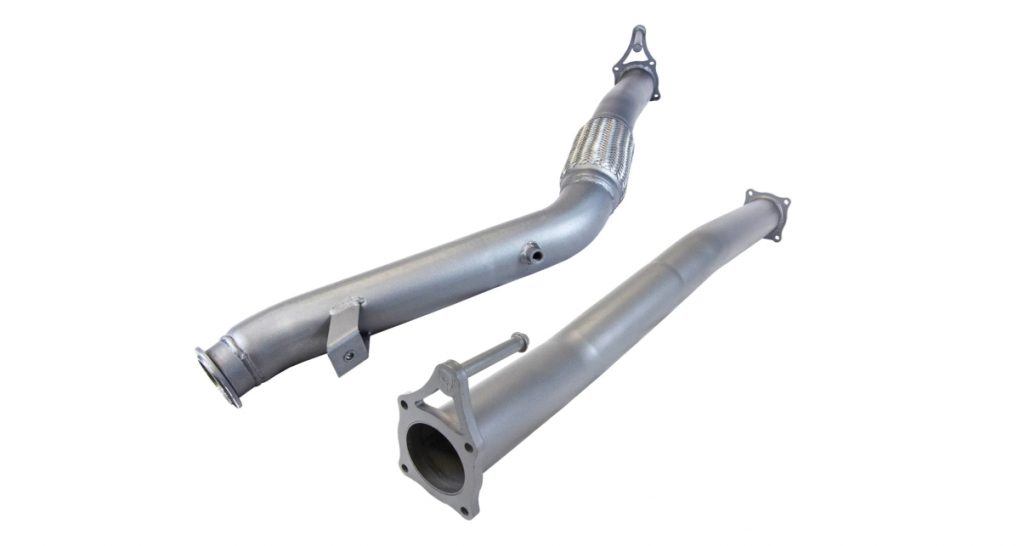
Following on from the last edition’s article about DPFs and what underlying issues can cause their failure, SWD has put together some information around DPF deletes and the legalities in this space.
SWD notes that there has been an increase in demand for DPF deletes of late, with consumers seeking out a tougher sound from their exhaust, or to gain the perceived benefits of better horsepower and fuel efficiency.
It is important to know that legally, DPF delete kits are only for Racing Purposes, Holders of ADR exceptions, Holders of Primary Producer Exemptions within Australia, ADF vehicles, Certain categories of Mining Vehicles or for Export-destined vehicles that are no longer required to meet ADR standards.
Once the product has been installed, the vehicle is no longer compliant with relevant ADR norms and therefore should not be operated, whether On-Road or Off-Road, within Australia (unless one of the above conditions apply).
Cutting the DPF out of a vehicle altogether or using a delete pipe carries great risks.
For one, you might be bypassing the legitimate opportunity to supply a replacement DPF or charge appropriately for a correct vehicle issue diagnosis (which is generally not related to the DPF itself, with SWD encouraging you to refer to the “DPF replacement or deeper issue” article in the last edition of Australian Automotive Aftermarket Magazine).
Another legitimate concern is that you might be running the gauntlet with the Department of Transport and inviting your customer to come back to you for answers about any fines they may receive.
You may also void the customer’s insurance policy in the event of an accident, as the police report would find that the vehicle has been tampered with and is deemed un-roadworthy.
Vehicles with time or kilometer-based regenerations that have not been tuned will try to regenerate even though there is no DPF present.
This can cause large clouds of unburnt or partially burnt diesel to be released from the exhaust system, and in many vehicles the removal of a DPF can cause the vehicle to go into limp mode as well as causing engine light illumination.
With some late model cars, the removal of the DPF may completely shut down the use of the ECU, meaning a trip back to the dealer for reprograming, or in severe cases, complete replacement of the ECU.
All of the above can be avoided if the vehicle receiving the DPF delete is tuned to support the modification.
It is incumbent upon the owner/operator of the vehicle to check and ascertain if the vehicle meets regulatory requirements of Australia and/or the destination country after the product has been installed.
It is their responsibility to check their insurance cover and vehicle warranty once this product has been installed.
With all of this in mind, SWD recommends communicating the risks to customers when they are making decisions in this space and saving some expensive headaches down the road.
For replacement parts including DPFs, CATs, universal mufflers and more, visit trade.swd.com.au



